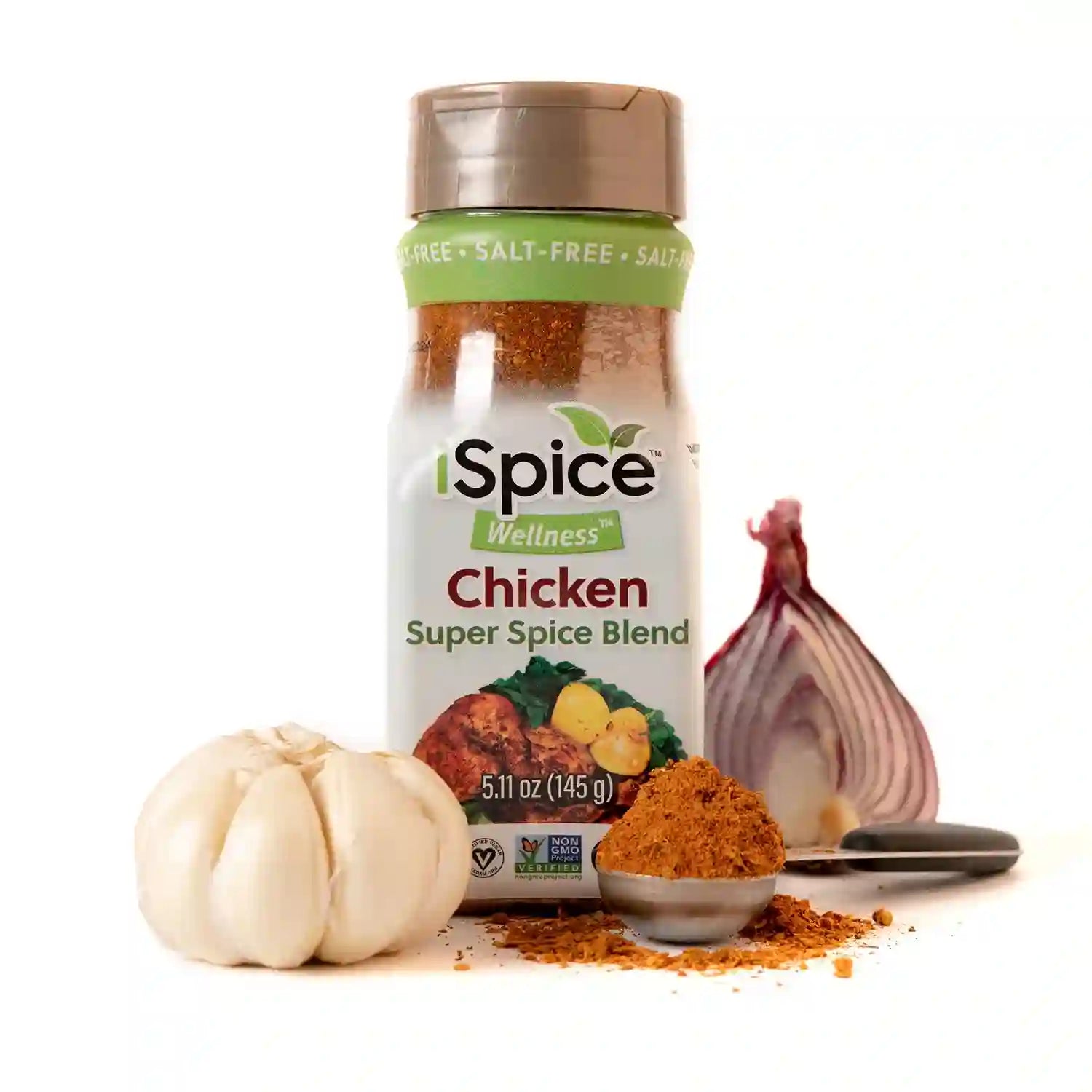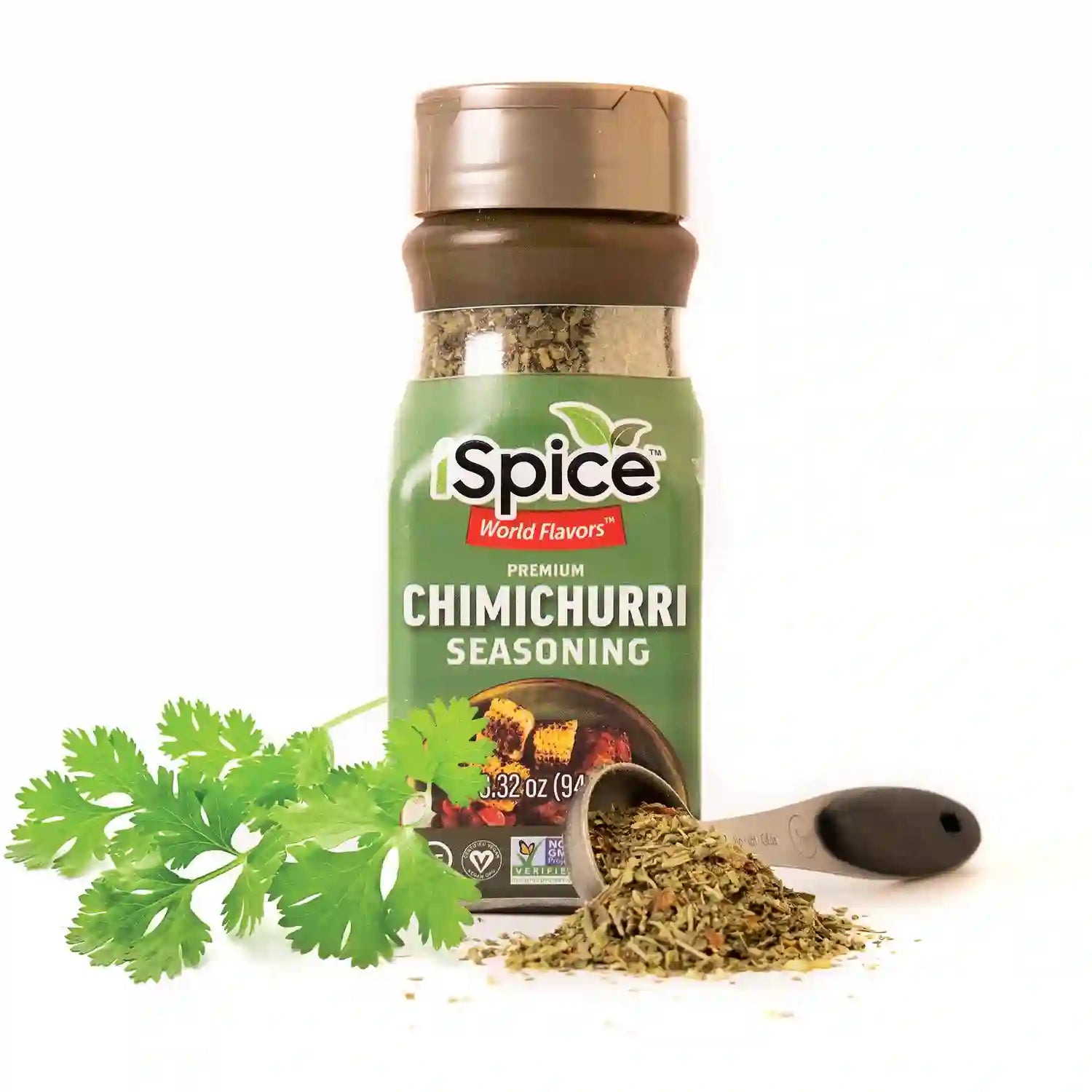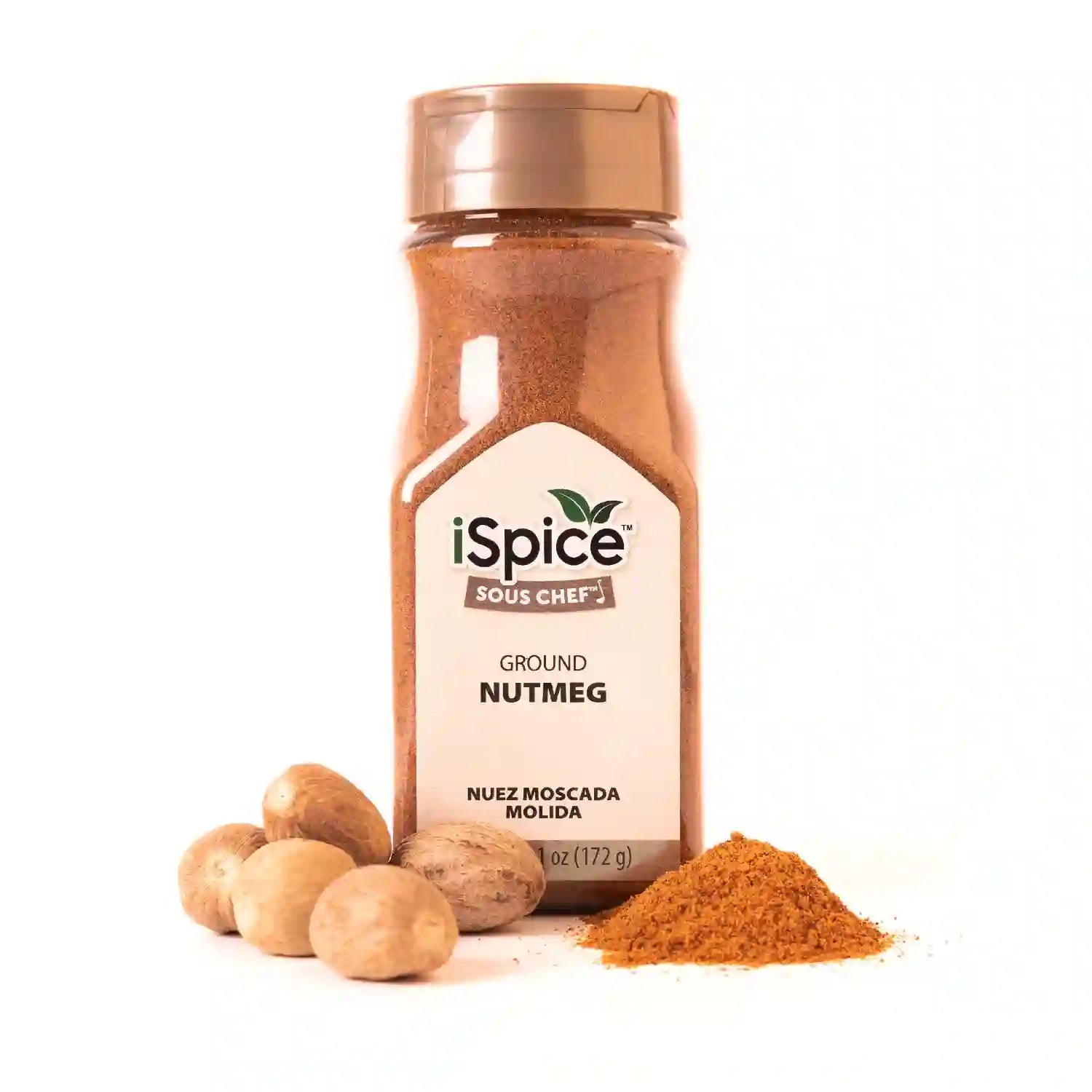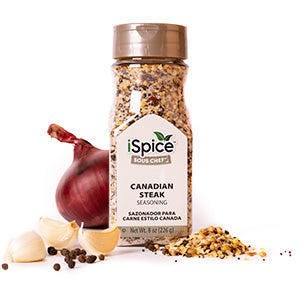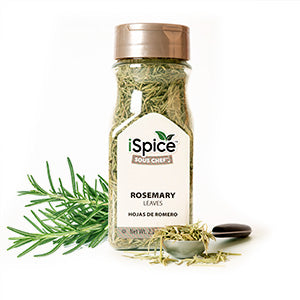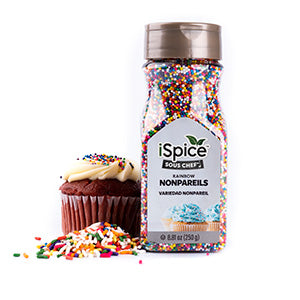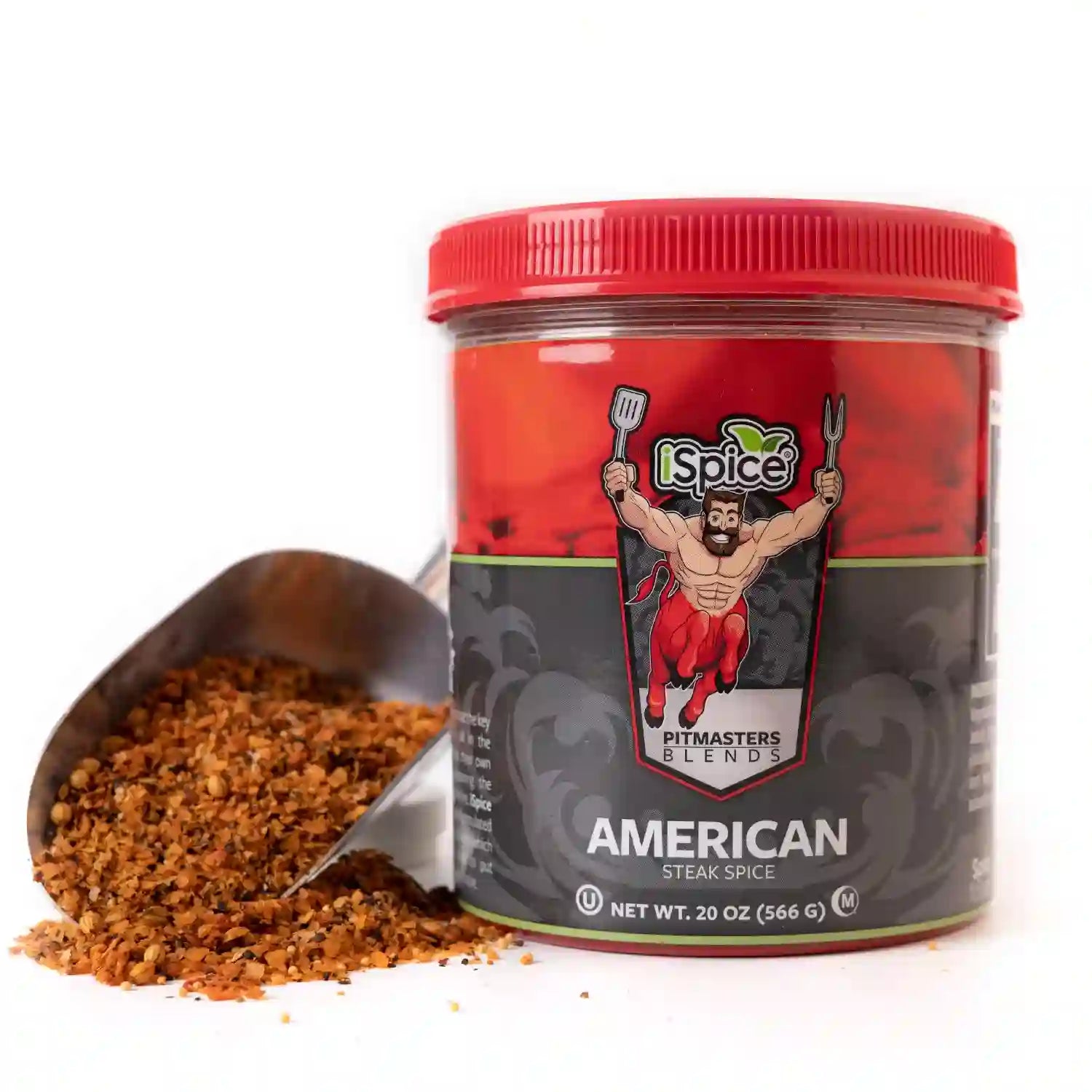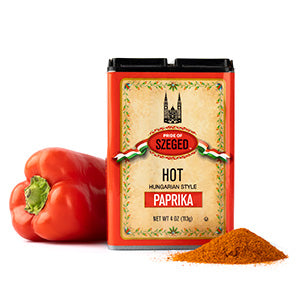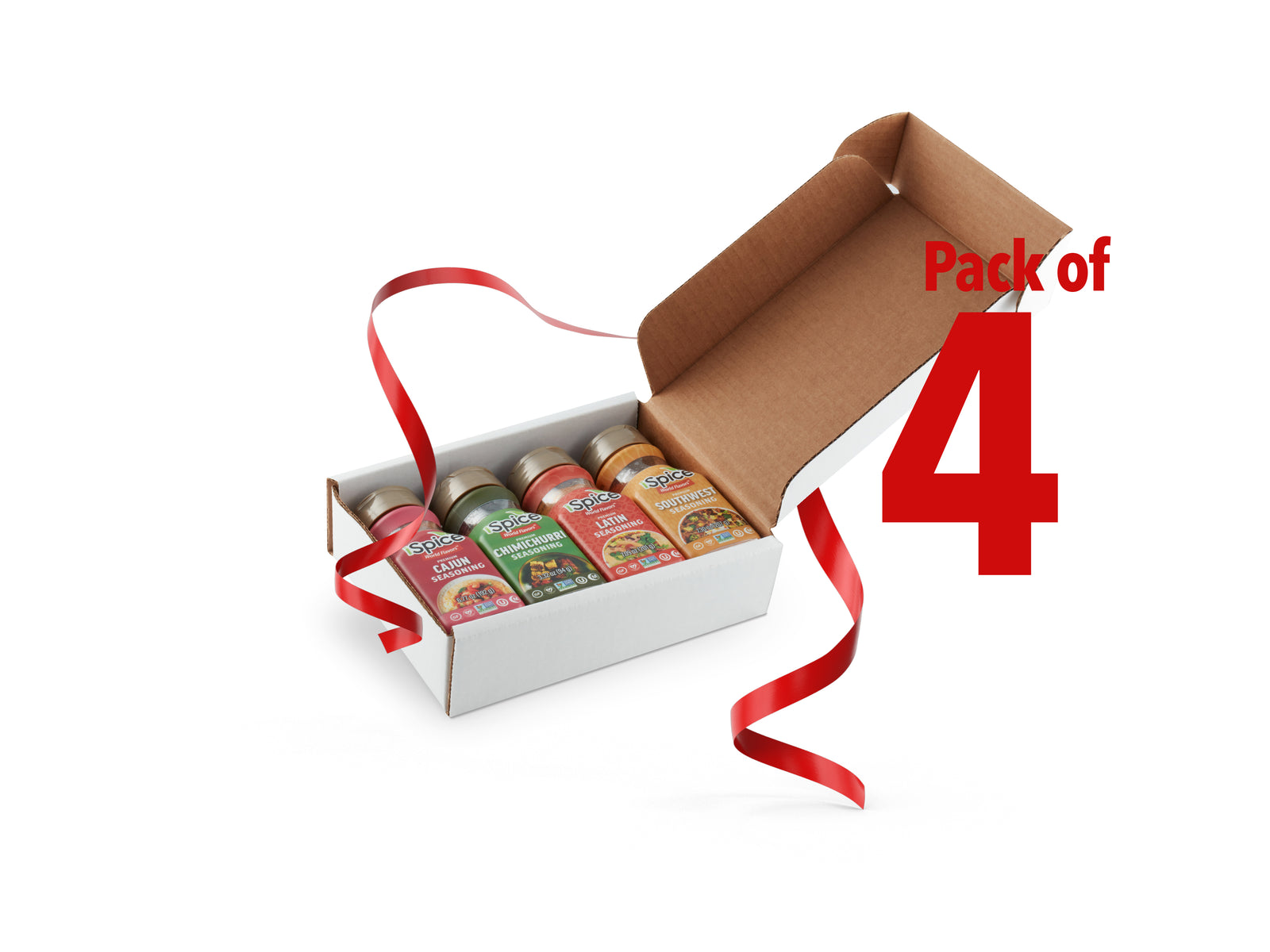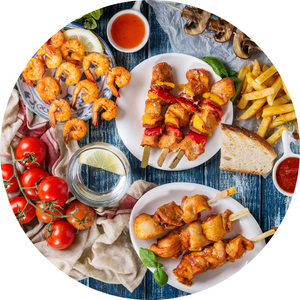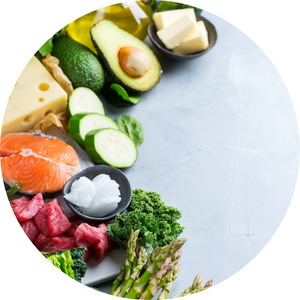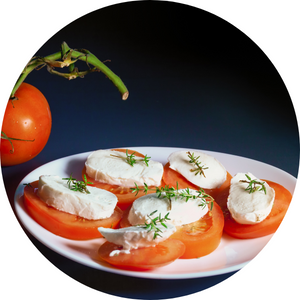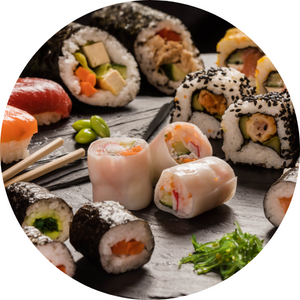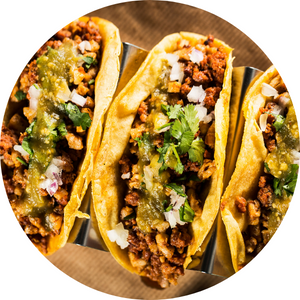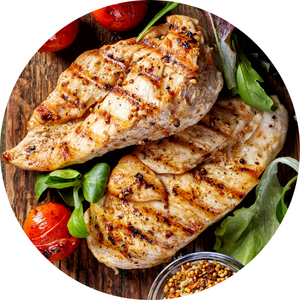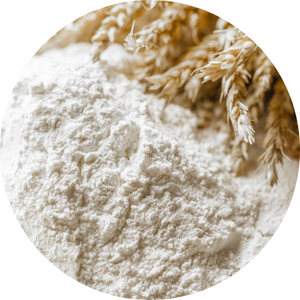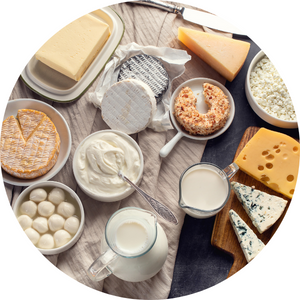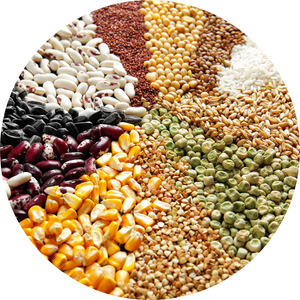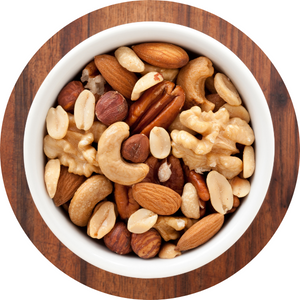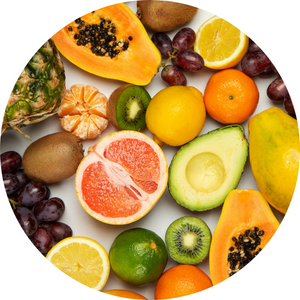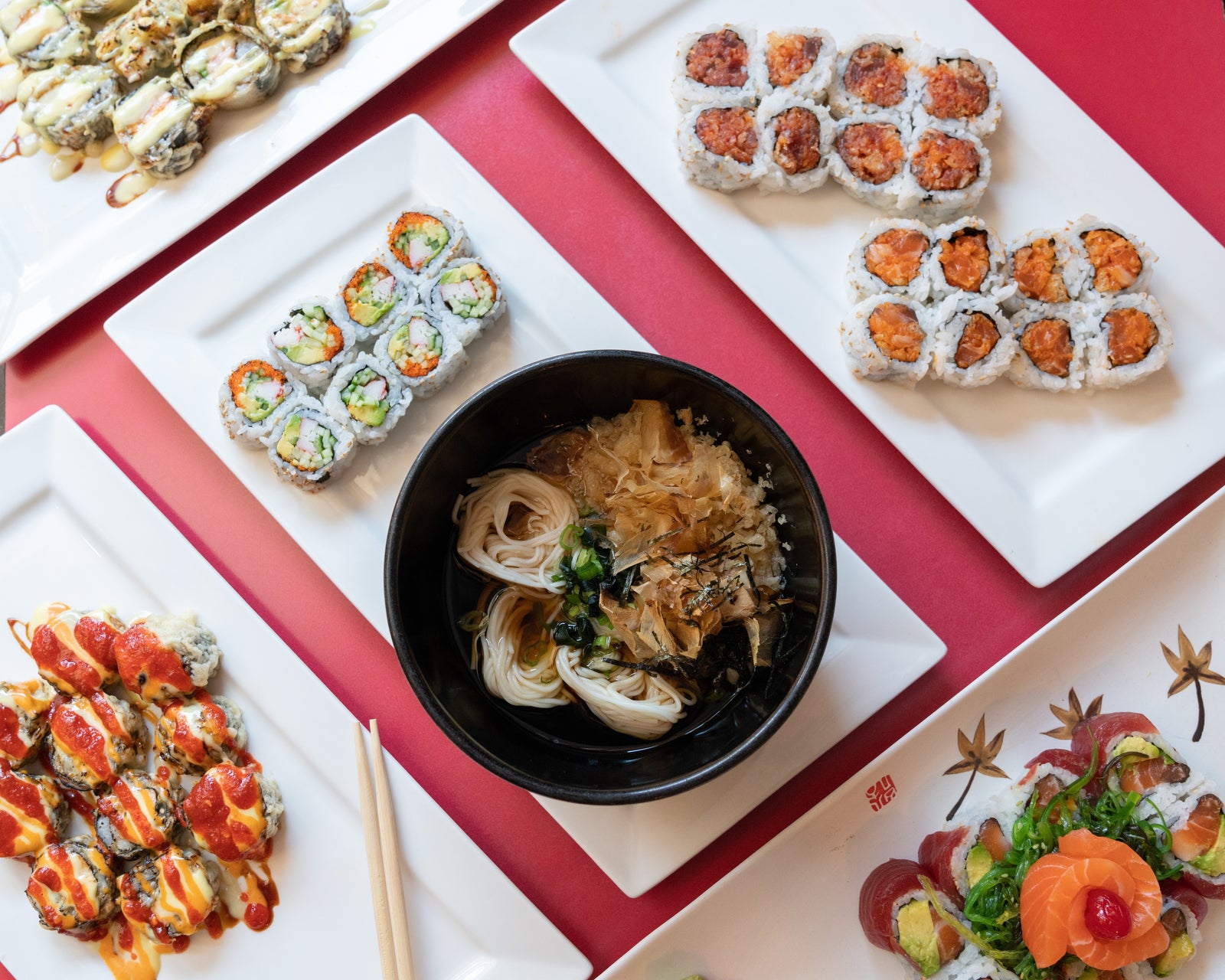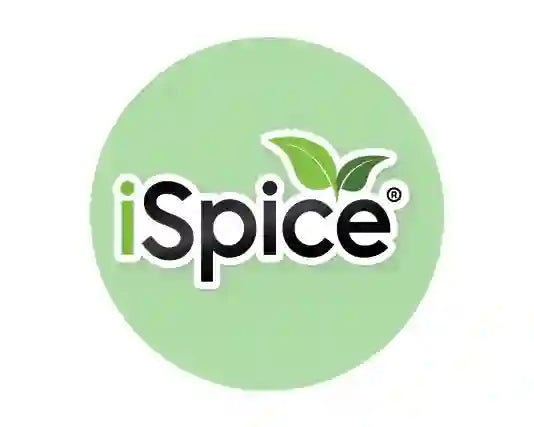
Bay leaves and basil are both popular herbs used in cooking, but they have different flavors and uses. Here are some differences between the two:
-
Flavor: Bay leaves have a subtle, earthy flavor with a slightly bitter taste, while basil has a sweet, slightly peppery taste with a hint of clove and anise. Bay leaves are often used to add depth of flavor to soups, stews, and sauces, while basil is a versatile herb used in many Italian, Mediterranean, and Asian dishes.
-
Appearance: Bay leaves are thin, dried leaves with a dark green color, while basil leaves are broad and fresh with a bright green color. Bay leaves are usually used whole and removed from the dish before serving, while basil is often used as a garnish or chopped and mixed into the dish.
-
Culinary Uses: Bay leaves are often used in long-simmered dishes, such as stews, soups, and braises, to add flavor and depth to the dish. They are also commonly used in pickling and preserving. On the other hand, basil is a common ingredient in many types of cuisine, including Italian, Mediterranean, and Thai dishes. It is used fresh or dried in pasta sauces, salads, marinades, and more.
-
Nutritional Value: Both bay leaves and basil are low in calories and are a good source of vitamins and minerals. Bay leaves are rich in vitamin A and C, calcium, and iron. Basil is a good source of vitamin K, vitamin A, and manganese.
Overall, bay leaves and basil are both valuable herbs to have in the kitchen, but they have different flavors and culinary uses. Bay leaves are best for long-simmered dishes and infusing flavor, while basil is a versatile herb that can be used in a variety of dishes to add flavor and freshness.
Alert: While spices can have many beneficial properties for health, using them for medical purposes should be done under the guidance and supervision of a healthcare professional or specialist. Some spices may interact with medications or cause adverse reactions in certain individuals, and it is important to use them safely and appropriately. If you are considering using spices for a medical condition, it is important to consult with a healthcare professional before doing so.

